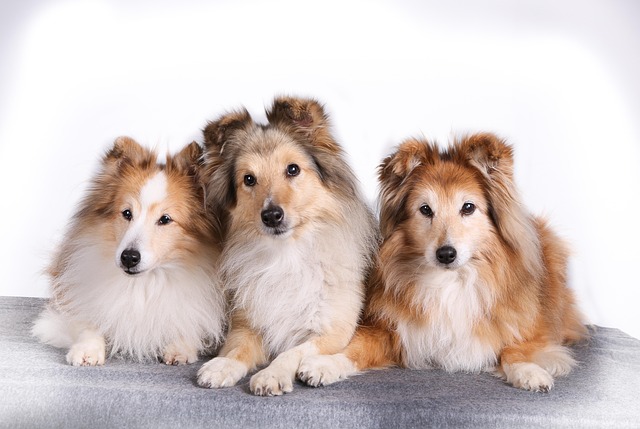
How can I tell if my dog's heatstroke is serious
Let’s be real: It’s a sticky August morning in Los Angeles, and you took your 2-year-old Golden Retriever, Max, for a walk a little later than usual
Imagine this: It’s a rainy afternoon in Chicago, and you step out of the kitchen for 30 seconds to grab your phone. When you return, your 6-month-old beagle mix, Lucy, is sitting by the coffee table, tail wagging—with a crumpled foil wrapper from your leftover Valentine’s Day chocolate in her mouth. Your heart drops. You’ve heard chocolate is bad for dogs, but what exactly do you do next? A friend in Atlanta once panicked when her lab ate a chocolate chip cookie, and her quick response made all the difference. Let’s break this down.
Chocolate is dangerous for dogs because of two ingredients: theobromine and caffeine. These chemicals are fine for humans—we metabolize them quickly—but dogs’ bodies can’t process them as fast. Think of it like a slow-acting stimulant that builds up in their system, affecting their heart, nervous system, and even kidneys. Dark chocolate (70% cocoa or more) is the riskiest—just an ounce can harm a 10-pound dog—while milk chocolate has less, but still enough to cause trouble. A vet in Denver told me about a Yorkie who ate a handful of dark chocolate truffles; by the time the owner called, the pup was shaking and vomiting—classic signs of poisoning.

So what should you do first? Call your vet or an emergency animal clinic immediately—don’t wait for symptoms. Tell them three things: the type of chocolate (dark, milk, white), how much your dog weighs, and roughly how much they ate (a few squares? a whole bar?). A vet in Seattle explained: “That info helps us calculate risk—we might induce vomiting at the clinic, but never try that at home. It can damage their throat if done wrong.” While waiting, keep your dog calm—no rough play. A golden retriever owner in Austin sat with her pup on the couch, offering gentle pets, which kept stress low until the vet arrived.
Now, let’s tie this to responsible pet ownership. In most U.S. states, keeping your dog’s rabies vaccine current isn’t just good care—it’s the law (Texas, for example, fines owners who let it lapse). Even in the chaos of a chocolate scare, remember: when you take your dog out later, always grab a poop bag. A neighbor in NYC learned this the hard way; after rushing her pup to the vet, she forgot to clean up a mess on the sidewalk and got a $100 ticket.
For apartment dwellers, prevention is key: store chocolate in high cabinets or sealed containers (not on counters—pugs and corgis are pros at counter-surfing). A Boston resident I know uses childproof locks on her pantry after her bulldog ate a chocolate bar off the shelf. And when training your dog to avoid forbidden foods, skip scolding—positive reinforcement works better. Try saying “leave it” and offering a treat when they back away from food; a trainer in LA swears by this method, which builds trust instead of fear.

Let’s be real: It’s a sticky August morning in Los Angeles, and you took your 2-year-old Golden Retriever, Max, for a walk a little later than usual

You're enjoying a summer afternoon at the park when you notice your dog has stopped panting and appears disoriented - their gums are bright red

Let’s paint the picture: You’re in your Denver apartment, watching your 4-year-old Boston Terrier, Ruby, plop down mid-play session with her favorite toy

Many dog owners notice their pets nails seem shorter after regular walks,but how much does this daily activity actually help?The answer depends on where you walk—concrete sidewalks or asphalt streets gently file nails as a dog's paws hit the ground

Most dog owners notice their pup scooting across the carpet at some point, but few connect it to impacted anal glands. These small sacs near a dog’s rectum secrete a scent for marking territory

Most vets agree that regular dog teeth cleaning is key to avoiding painful dental issues later. For healthy adult dogs, a professional cleaning at the vet’s office every 12 to 18 months usually works well.